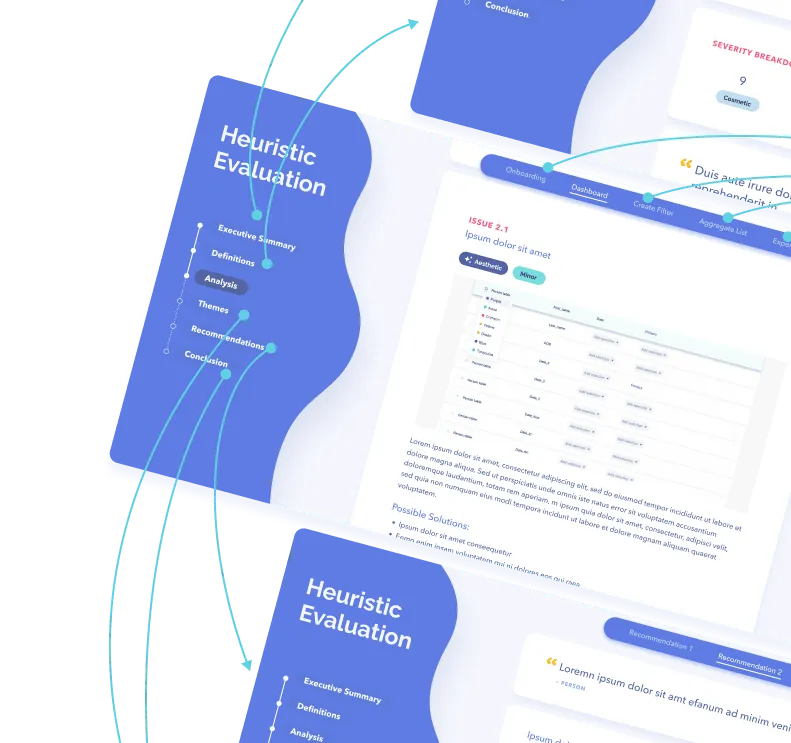
Acme Co is a company much like any other. Its business revolves around software— specifically designing and developing a suite of digital tools for its busy customers. Like many organizations, it relies on the drive and smarts of many human beings and as such is prone to ups and downs. While a newer company, Acme has been profitable for a few years now and continues to grow year over year.
See the other Acme Co. mysteries →
Acme has been seeing steady growth and an increasingly happy clientele over the past year, thanks in part to a well-oiled, hard-working product division. This year, things are a little different; like many other businesses across the globe, Acme has had to pivot to become a distributed team. Being unacquainted with the intricacies of having a team that works exclusively from home, the business struggled at first, but after several months, people finally seem to be finding their working rhythm.

While keeping pace with the workload seems to be more or less figured out, some of the managers worry about the team’s morale. In the Software team, Software/Product Manager and HR Lead organize a remote, off-hours, company-wide social event in an effort to keep everyone socializing and engaged. But when the time comes for the virtual happy hour, most of the team is absent – and the few team members who show up seem distracted or disinterested. Surprised and disappointed by the turnout, HR Lead and Product Manager vow not to waste their time planning any more social events in the future.
The leadership at Acme Co turn to their employee experience friends Pencil & Paper to investigate. The P&P team begins to turn over some stones, sitting down with the team and asking about their workdays and workflows. These are some of the clues they picked up on:
At the end of their research and discovery period, Pencil & Paper sit down with the Acme leaders and tell them, we think we know how you can get out of this kerfuffle. Here is what they found out:
When Pencil & Paper spoke to the CEO and showed their gathered insights, the CEO sighed. There were several cracks and misses that had popped up in the last few months:
THE REAL PROBLEM
All of these were cracks in the veneer of Acme teams’ productivity, but the biggest issue was Acme’s lack of realization that rules for communication shift when working from home. Being remote means less visibility on everyone’s presence, absence or way of working – so teams being in sync is even less of a guarantee than when working together in a single location. This led to employees at every level being burnt out by all of the instantaneous demands for their attention that compete with their workload.
THE FIX
Acme follows up with Pencil & Paper to help their employees find solutions to the mismatch in remote work and communication. Over several days of creative workshops, some of the solutions they come up with include (among other things): getting everyone on board with chat and email statuses that reflect whether they’re working or free to dialogue; identifying optional meeting invitations and sending summaries for stakeholders that opted out, blocking off time in everyone’s calendars for important company communications that need to be in sync and relying more on smaller single-team social events that are easier to schedule.
Need help with remote workplace culture? Find out about our services.
Spend your time and life force on capturing heuristics problems rather than endless visual fiddling. Meganne Ohata will guide you the whole way, so you can propel your work and become their most trusted advisor.

Do a mini UX audit on your table views & find your trouble spots with this free guide.

Be the first to know about our upcoming release!
.webp)

Receive an email when we publish a new article on design.
